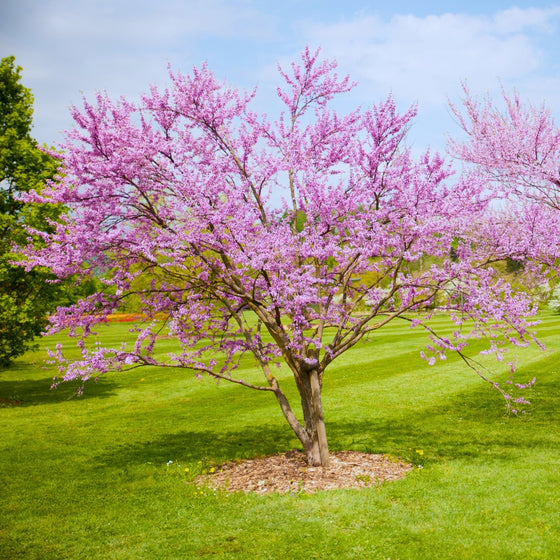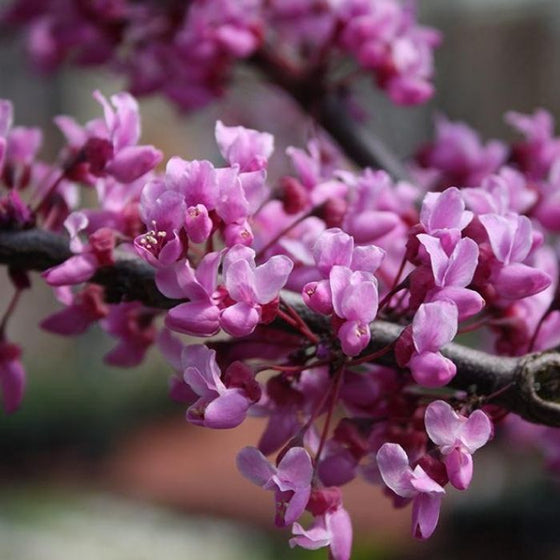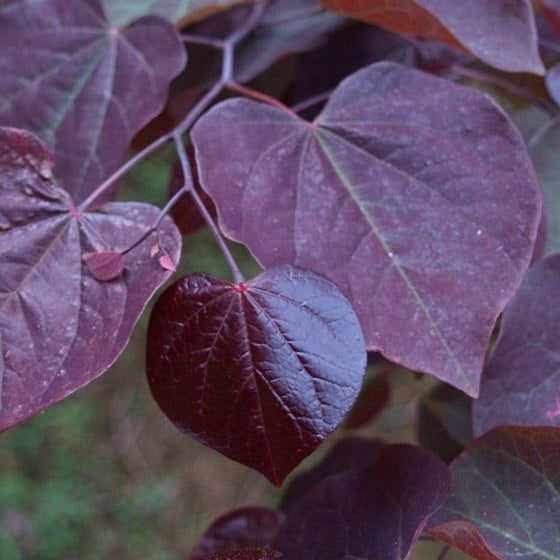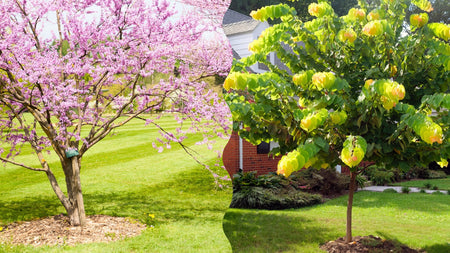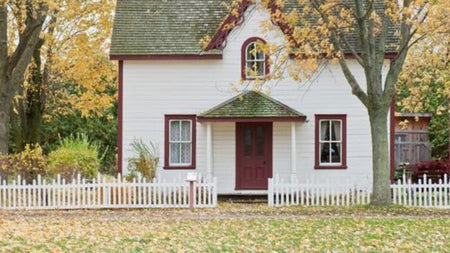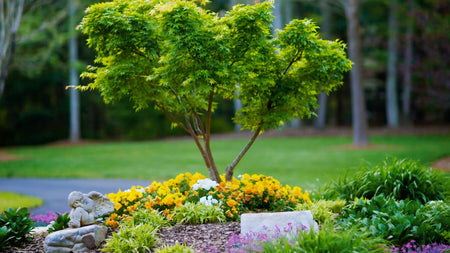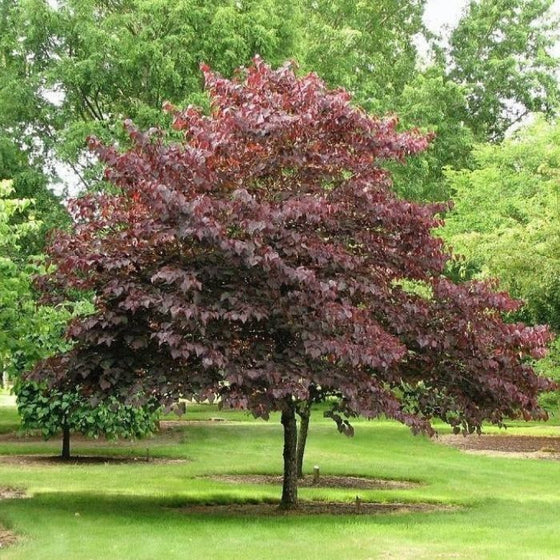
Images Depict Mature Plants
Burgundy Hearts Redbud Tree
Burgundy Hearts Redbud (Cercis canadensis 'Burgundy Hearts') is a stunning ornamental tree prized for its vibrant color transitions and elegant form. In early spring, it bursts into bloom with a profusion of rosy-pink flowers that cover the bare branches, creating a breathtaking display before the foliage even emerges. As the season progresses, the tree’s signature feature—rich, burgundy-purple heart-shaped leaves—unfurl, adding dramatic color to the landscape. Throughout the summer, the foliage retains its bold tones before transitioning to striking shades of deep red and maroon in the fall, offering multi-season interest and making Burgundy Hearts Redbud a standout specimen in any garden.
Thriving in full sun to partial shade, Burgundy Hearts Redbud prefers well-drained soil and is adaptable to a wide range of soil types, including clay. It grows to a manageable size of about 15 to 20 feet tall and wide, making it perfect for small yards, ornamental borders, and as a striking focal point in larger landscapes. In addition to its outstanding ornamental appeal, this redbud variety is relatively low maintenance, deer resistant, and tolerant of urban pollution, making it an excellent choice for city gardens and suburban settings alike.
Whether you’re looking to add bold color, striking form, or early-season blooms to your garden, Burgundy Hearts Redbud delivers unmatched beauty and versatility. Its brilliant pink flowers attract early pollinators, while its richly colored foliage provides a dramatic backdrop for perennial beds and mixed borders throughout the growing season. With its heart-shaped leaves and vibrant hues, Burgundy Hearts Redbud brings romance, structure, and year-round interest to any landscape design.
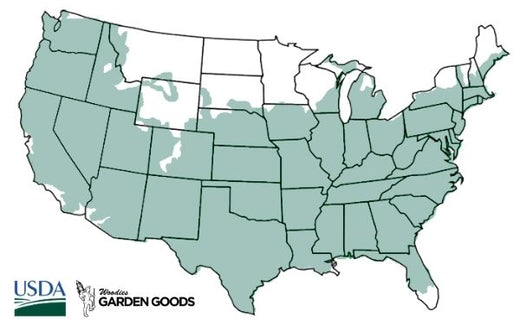
| Hardiness Zone: | 5-9 |
|---|---|
| Mature Height: | 15 to 20 feet |
| Mature Width: | 15 to 20 feet |
| Classification: | Broad Leaved deciduous flowering tree, Shade Tree |
| Sunlight: | Full Sun to Partial Sun |
| Habit: | Upright |
| Foliage: | Burgundy |
| Flower Color: | Pink |
| Pruning Season: | Late spring after flowering |
| Soil Condition: | Any well drained soil |
| Water Requirements: | Water well until established |
| Uses: | Tolerates moist soil and full sun. Full sun brings out the best fall color. Will adapt to drier sites |
How to Care for Burgundy Hearts Redbud
Be sure to read our planting instructions to ensure a healthy and happy Burgundy Hearts Redbud Tree for years to come!
How should I Plant my Burgundy Hearts Redbud Tree?
To plant your Burgundy Hearts Redbud Tree successfully, choose a location that receives full sun to partial shade, with at least four to six hours of direct sunlight daily for the best flowering and foliage color. The tree prefers rich, well-drained soil but can adapt to a variety of soil types, including clay, as long as there is good drainage. Begin by digging a hole twice as wide and just as deep as the tree’s root ball, allowing ample room for root expansion. Carefully place the tree in the hole, making sure the top of the root ball is level with the surrounding soil, then backfill with a mixture of native soil and organic compost to encourage strong root development. Water thoroughly after planting to settle the soil and eliminate air pockets. Once planted, apply a 2–3 inch layer of organic mulch around the base of your Burgundy Hearts Redbud, keeping the mulch a few inches away from the trunk to prevent moisture buildup and rot. Mulching helps retain soil moisture, regulate soil temperature, and suppress weeds. During the first growing season, water consistently to keep the soil evenly moist but not waterlogged as the tree establishes. With thoughtful planting and early care, your Burgundy Hearts Redbud will quickly establish itself, rewarding you with breathtaking rosy-pink blooms in spring, bold burgundy foliage through summer, and deep red fall color, making it a stunning focal point in any landscape.
How Should I Water my Burgundy Hearts Redbud Tree?
Watering your Burgundy Hearts Redbud Tree properly is crucial to ensuring strong root development, vibrant blooms, and healthy foliage. During the first growing season, water deeply once or twice a week, depending on weather conditions, to keep the soil consistently moist but never soggy. Focus on deep, slow watering at the base of the tree rather than shallow, frequent watering, which can lead to weak surface roots. Using a soaker hose or drip irrigation system is ideal, as it encourages the roots to grow deeper and strengthens the tree’s overall structure, promoting better drought tolerance over time. Once established, Burgundy Hearts Redbud Trees are moderately drought-tolerant but will benefit from deep watering during prolonged dry spells, especially during the heat of summer. Always check the soil moisture by feeling the top 2–3 inches—if it feels dry, it’s time to water thoroughly again. Mulching around the base helps conserve moisture, regulate soil temperature, and minimize the need for frequent watering. With consistent and mindful watering practices, your Burgundy Hearts Redbud will thrive, showcasing brilliant spring flowers, rich burgundy foliage, and vibrant fall color year after year.
How Should I Fertilize my Burgundy Hearts Redbud Tree?
Fertilizing your Burgundy Hearts Redbud Tree properly is important for encouraging strong growth, abundant spring blooms, and vibrant burgundy foliage. In early spring, just before new growth begins, apply a slow-release, balanced fertilizer such as a 10-10-10 or 12-6-6 formula around the drip line of the tree, keeping it a few inches away from the trunk to prevent root burn. Lightly work the fertilizer into the top layer of soil and water thoroughly to help nutrients absorb deeply into the root zone. Avoid heavy nitrogen fertilizers, which can promote excessive leafy growth at the expense of flower production and brilliant foliage color. If your Burgundy Hearts Redbud is planted in rich, fertile soil, a single annual feeding in early spring is typically sufficient. For trees in poorer soils or containers, a light second application of fertilizer in mid-summer can help maintain vigor and ensure vibrant seasonal performance. Organic soil amendments like compost or well-aged manure can also enhance soil health naturally over time. With proper, moderate fertilization, your Burgundy Hearts Redbud Tree will flourish, delivering breathtaking pink blossoms in spring, lush burgundy heart-shaped leaves in summer, and deep red hues in the fall.

How and When Should I Prune my Burgundy Hearts Redbud Tree?
Pruning your Burgundy Hearts Redbud Tree at the right time and with the right technique is key to maintaining its beautiful shape, healthy structure, and vibrant flowering. The best time to prune is in late winter to early spring, just before the tree breaks dormancy but after the threat of severe frost has passed. Begin by removing any dead, damaged, or crossing branches using clean, sharp pruning shears. You can also thin out crowded areas to improve air circulation and sunlight penetration, which helps prevent disease and promotes vigorous blooming. Always make clean cuts just above a bud or branch junction to encourage healthy regrowth. When pruning your Burgundy Hearts Redbud, focus on enhancing its natural, elegant form without over-pruning, as redbuds naturally develop a graceful, multi-branched canopy. Avoid heavy pruning in late summer or fall, as this can encourage tender new growth that may not harden before winter. Light, annual pruning will keep your tree healthy and looking its best, ensuring abundant rosy-pink blooms in spring and a lush canopy of rich burgundy foliage through summer and fall. With thoughtful, regular maintenance, your Burgundy Hearts Redbud Tree will remain a stunning focal point in your landscape for years to come.

